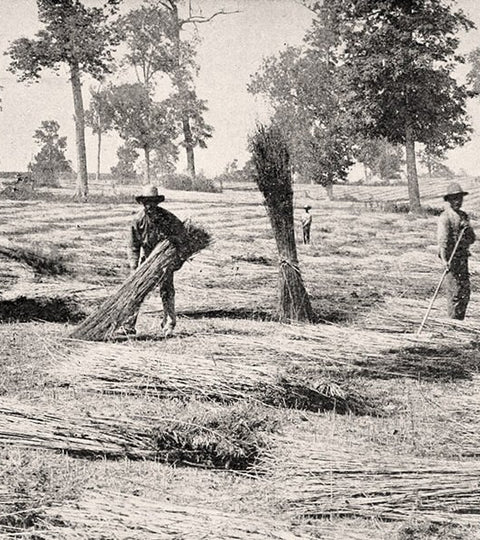Why Use Hemp Paper?
There isn’t much of an argument to be made against industrial hemp. It has a litany of applications, and in most of those situations it is better than its competition. There is more potential energy per acre than the equivalent in corn (ethynol), it is a stronger and longer-lasting fiber than cotton, it is safer to produce and use than plastics, and the list goes on. If you are reading this, you are probably somewhat versed in the uses of hemp, and likely probably confounded that it got wrapped up with its "narcotic" sibling species Cannabis Sativa. As Michael Pollan said: “To compare hemp to marijuana is like comparing a St. Bernard to a Chihuahua, their only similarity is that they are both canines.” The prohibition of this crop was a sad, twisted, and pointlessly political maneuver that no doubt set back innovation and propelled us deeper into a dangerous world of climate change. But let's get off the soap box. Hemp is awesome. There are claims that the original drafts of the Constitution were written on hemp paper (though the final version was authored on parchment), the Gutenberg Bibles were printed on hemp and our currency praised hemp production on the illustrated back of the $10 Federal Reserve note (circa 1914-1918).
The paper is incredibly durable, more efficient to produce, and longer lasting. It was very important to us at Goldleaf to find a way to utilize this material for our journals. Because of its continued prohibition in the US, we had to look outward to find a source. It wasn’t easy, but we felt obliged to figure it out. We're in the process of working with manufacturers to adapt some of the current hemp paper stock to fit our need. We are hopeful that we'll soon be able to communicate that all of our journals are printed using hemp-derived papers."Why use up the forests which were centuries in the making and the mines which required ages to lay down, if we can get the equivalent of forest and mineral products in the annual growth of the hemp fields?" - Henry Ford

